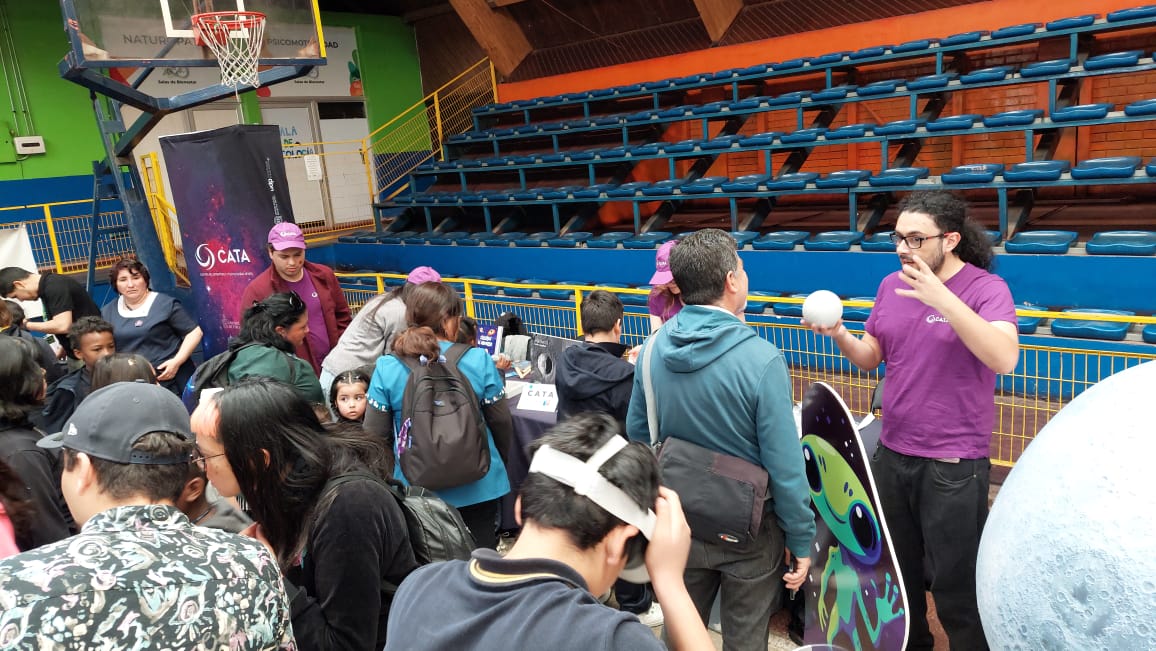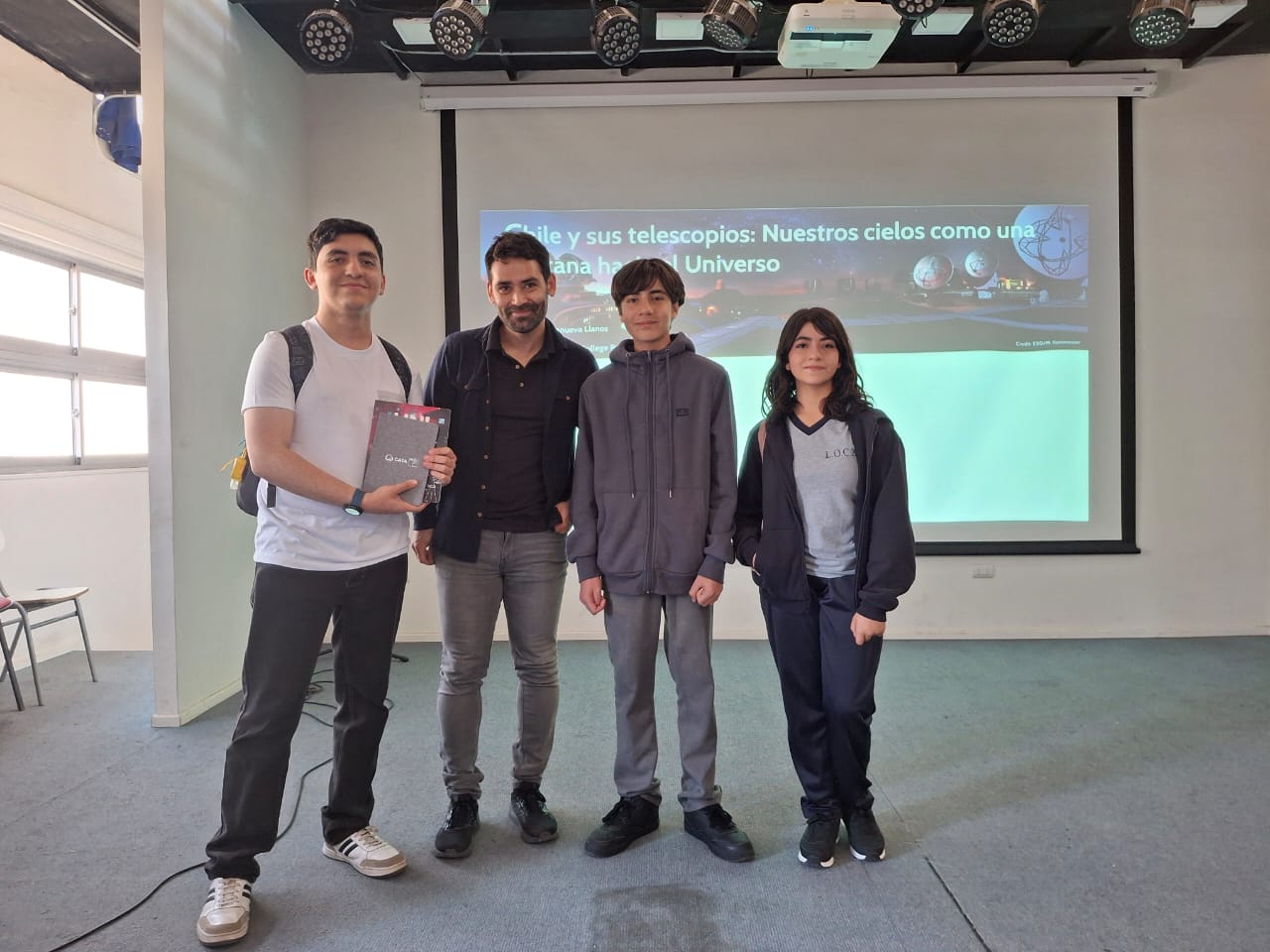
CATA invited students from Illapel to look into the past of astronomy
Located in the heart of Santiago, at the summit of San Cristóbal, the Manuel Foster Observatory received students from the San Ignacio de Loyola School in Illapel, who saw in situ how the sky was studied a century ago.Located in the heart of Santiago, at the summit of San Cristóbal, the Manuel Foster Observatory received students from the San Ignacio de Loyola School in Illapel, who saw in situ how the sky was studied a century ago.
To understand the progress of the study of astronomy, it is good to look back a little and see how space was observed in the recent past. The students of the San Ignacio de Loyola School of Illapel, who visited the centenary Manuel Foster Observatory, with a team from the Center for Astrophysics and Related Technologies, CATA, experienced this trip back in time.
These facilities, in charge of the Catholic University, located at the summit of San Cristobal Hill, date back to 1903 and its main objective was to develop a catalog of radial velocities of bright stars in the southern hemisphere. It was one of the nine largest telescopes in the world, so its findings were of great historical importance for the development not only of national astronomy, but also worldwide.
“One of the pillars of the observatory’s current operation is educational. We try to integrate its history and the scientific mission it has had over the years into the educational curriculum. We invited this school as part of our free program, because part of the mission of the observatory and the university also has to do with social responsibility. For the same reason, we believe it is essential that you access this space for schools to learn a little more about the astronomy that has been done for more than 100 years in this country. This place was the first to act in tandem with observatories in the northern hemisphere to complement observations that were made there, and until the last day it worked it did not significantly change its operating model”, says Simón Ángel, Scientific Director of the Manuel Fosterstrong Observatory.
The third and fourth grade students of this educational center toured its dome and saw the centenary telescope with a primary mirror of 93 cm in diameter that weighs 252 kg, which does not even compare to other more modern instruments with lenses of more than 40 meters.
The tour was conducted by Martina Cornejo, a student of Astronomy at the Catholic University, who showed them components dating from the early twentieth century, including an instrument that shows the speed at which the earth rotates and allows the telescope to synchronize with that movement to observe stellar bodies. At the same time, she explained the process involved in studying to become an astronomer.
“I am very happy to be here, because, in truth, many women hesitate to study a career in science because of the difficulty and the stigmas that are held against us. So, I find it excellent that they do this type of activity so that we can talk with a person, a woman, who already knows about the subject,” said Eizinge Godoy, a student at the San Ignacio de Loyola School, who explained the process involved in studying to become an astronomer.
Precisely some of these feelings, such as equal opportunities in the scientific field, are those that the teachers who participate in these activities organized by CATA seek to awaken.
“In addition, the idea is to project boys and girls into university careers that go a little outside of the traditional. In such small communities as Illapel, what attracts attention is studying medicine, becoming a lawyer or similar professions. So, we also seek to project them to a vocation more closely linked to physics, in this case, or scientific careers in general. We thank CATA for this opportunity because it helps us to encourage curiosity and to show that astronomy in Chile has an excellent development, that there are very good researchers and that our country is at the forefront of astronomical development. As I understand it, astronomers in Chile are entitled to 10% of the use of the most important telescopes in the world and that is a privilege. They see that they can project themselves and also be people who generate knowledge”, explains Katherine Sierra, Mathematics and Physics teacher at the San Ignacio de Loyola School.
For the students it was an extremely attractive experience, especially when they had no idea that this historical marvel was at the summit of San Cristóbal.
“When you see photos or videos of telescopes nowadays you see gigantic things, but being in this place is like traveling back in time. It’s great how the dome moves with a crank or to see how scientists were able to see things with instruments that seem so basic. It has been super entertaining”, says Benjamín Ceballos, a third year student at the San Ignacio de Loyola School in Illapel.
The telescope of the Manuel Foster Observatory has undergone minimal intervention over the years and is in the same condition as it was more than a century ago, which makes it unique in South America. In 2010, it was declared a National Monument in the category of Historic Monument.
Although its observing work decreased over the years, it found a niche allowing, in a first stage, visits to the public in parallel to scientific research. In 1986 it received hundreds of people who came to see Halley’s comet and, a year later, supernova 1987a, the closest to Earth in the last three centuries. Finally, the construction of modern centers in the north of the country and the growing light pollution of the capital, which complicates the observation of the sky, led to its closure in 1995.
Since June 2022 the Manuel Foster Observatory is open to the public and day and night visits can be arranged at https://astro.uc.cl/observatorio-foster/.
Recent news
-
 Publicado el: 15/11/2025Leonids meteor shower 2025: What are they, when will they be visible from Chile, and what can we learn from them?
Publicado el: 15/11/2025Leonids meteor shower 2025: What are they, when will they be visible from Chile, and what can we learn from them? -
 Publicado el: 13/11/2025CATA researcher strengthens international ties during visit to the Center for Astrobiology in Madrid
Publicado el: 13/11/2025CATA researcher strengthens international ties during visit to the Center for Astrobiology in Madrid -
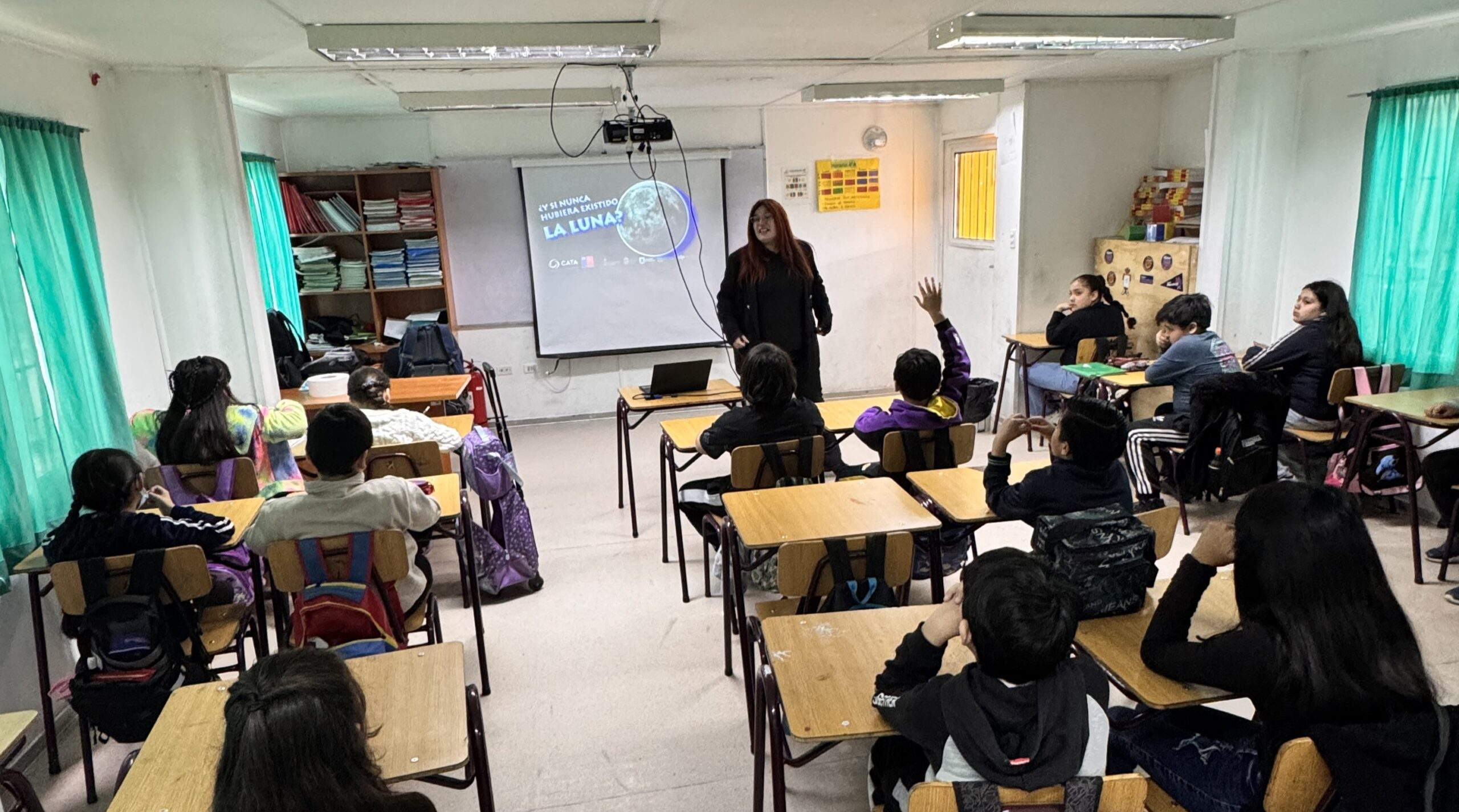 Publicado el: 12/11/2025Fourth graders learned what would happen if the Moon did not exist
Publicado el: 12/11/2025Fourth graders learned what would happen if the Moon did not exist -
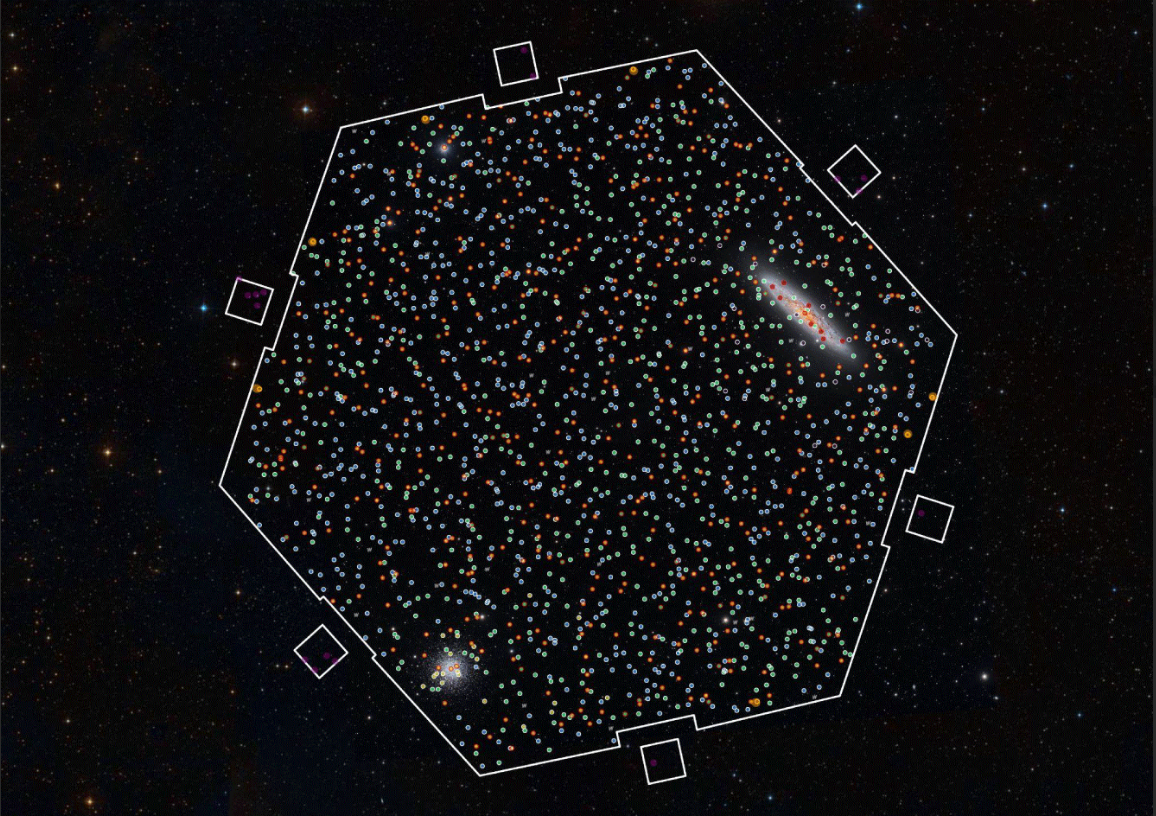 Publicado el: 29/10/2025Chile celebrates the first light of 4MOST: two major projects involving CATA astronomers begin to explore the Universe
Publicado el: 29/10/2025Chile celebrates the first light of 4MOST: two major projects involving CATA astronomers begin to explore the Universe -
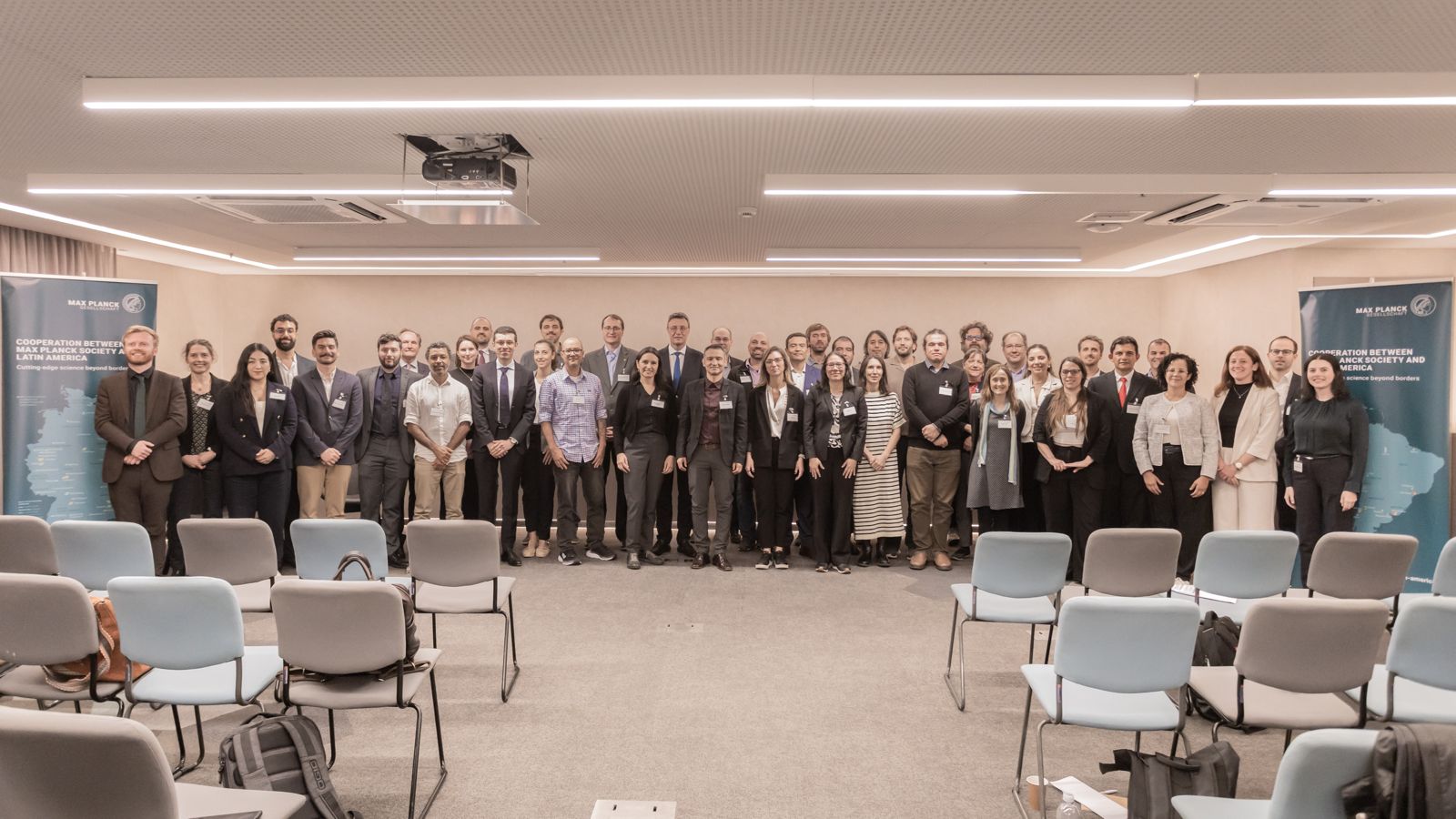 Publicado el: 24/10/2025CATA researcher participated in Max Planck regional meeting in Brazil
Publicado el: 24/10/2025CATA researcher participated in Max Planck regional meeting in Brazil
Categories list
- Acknowledgments 21
- Astrobiology 6
- AstroCluster 1
- Black holes 18
- Corporativo 57
- Cosmology 5
- Descubrimientos 22
- Disclosure 71
- Exoplanets 13
- Extension 4
- Galaxies 21
- Galaxies formation 5
- Inter y Transdisciplina 4
- Local Universe 16
- Publications 6
- Sin categorizar 34
- Solar System 21
- Stellar formation 8
- Technology 14
- Technology Transfer 16






